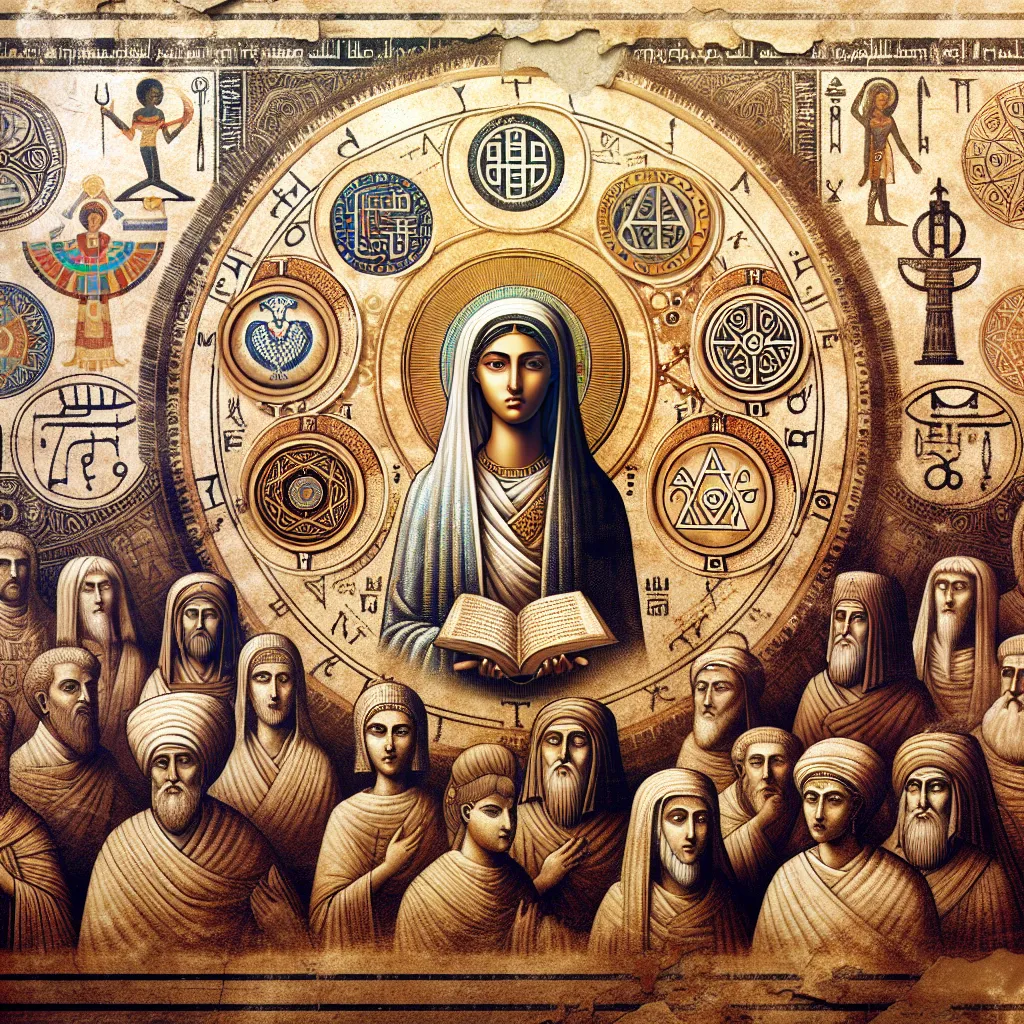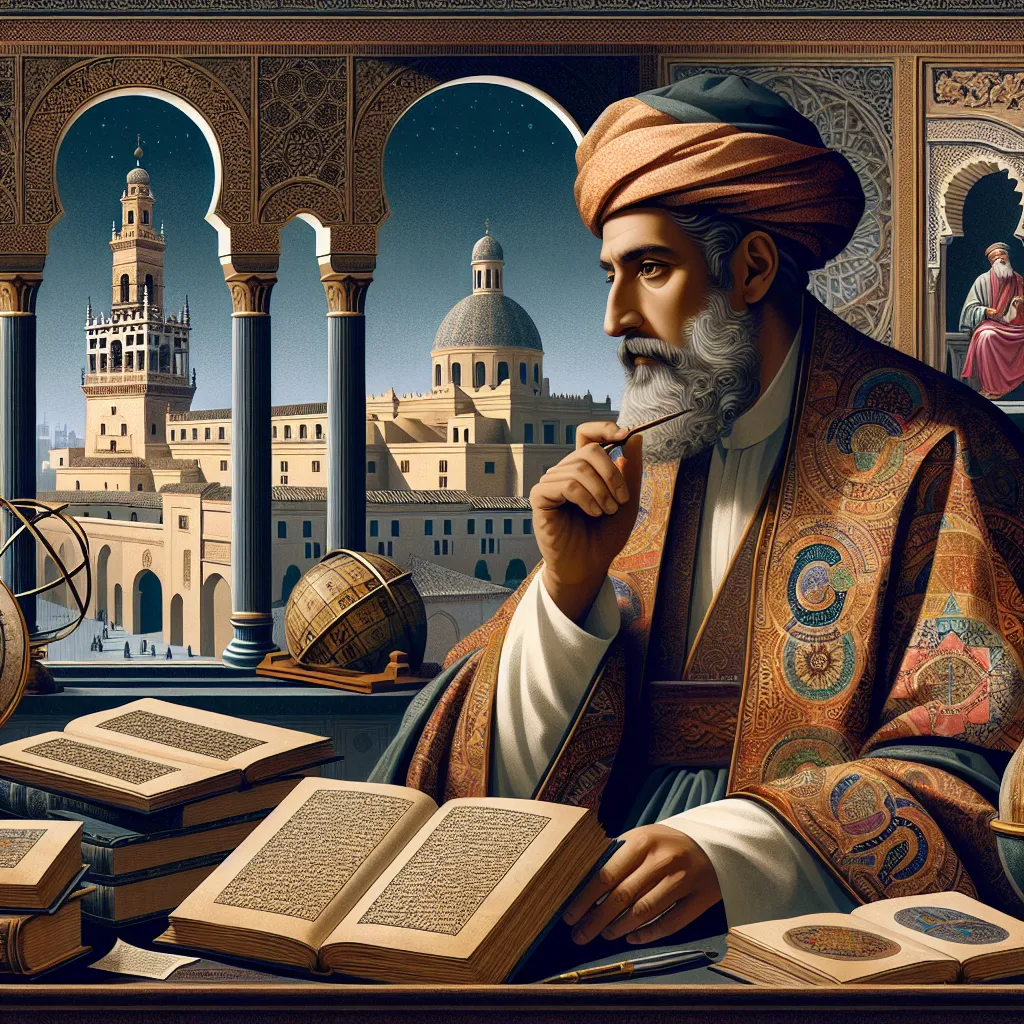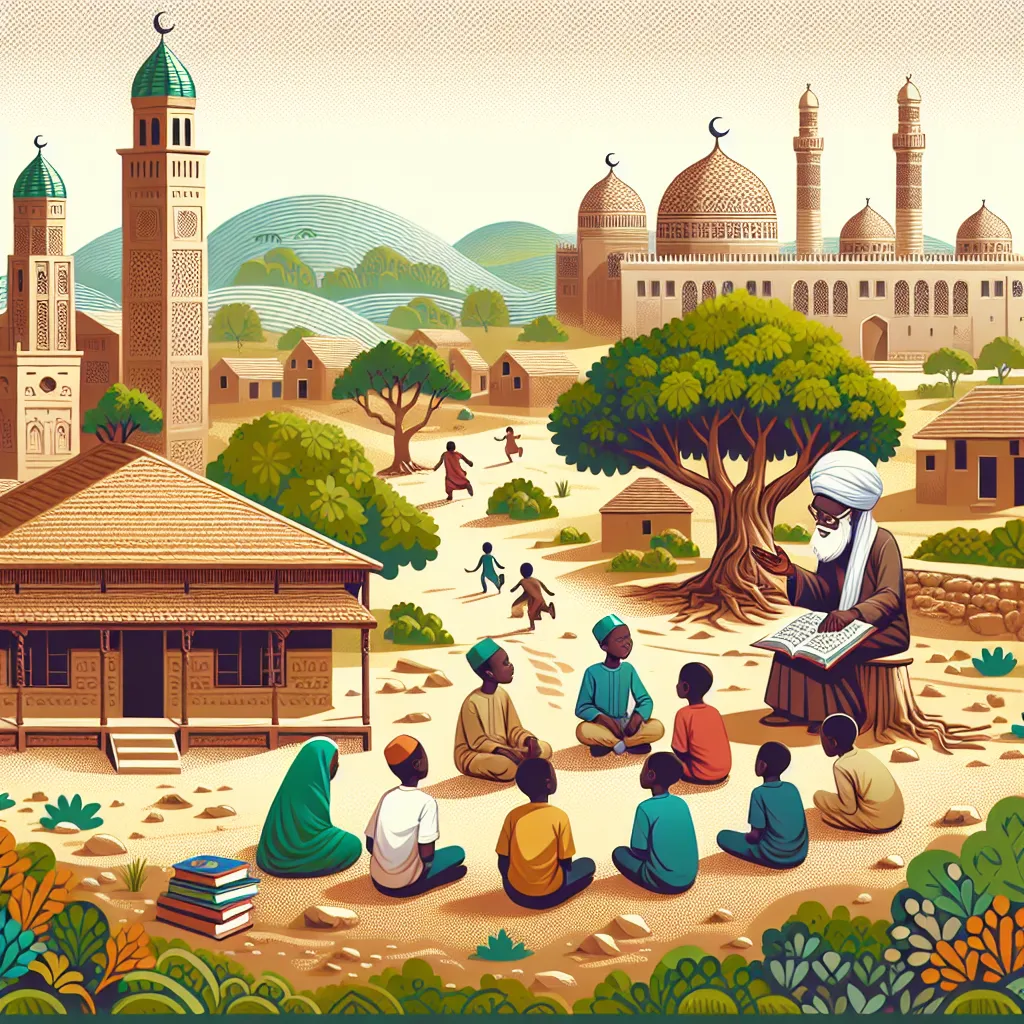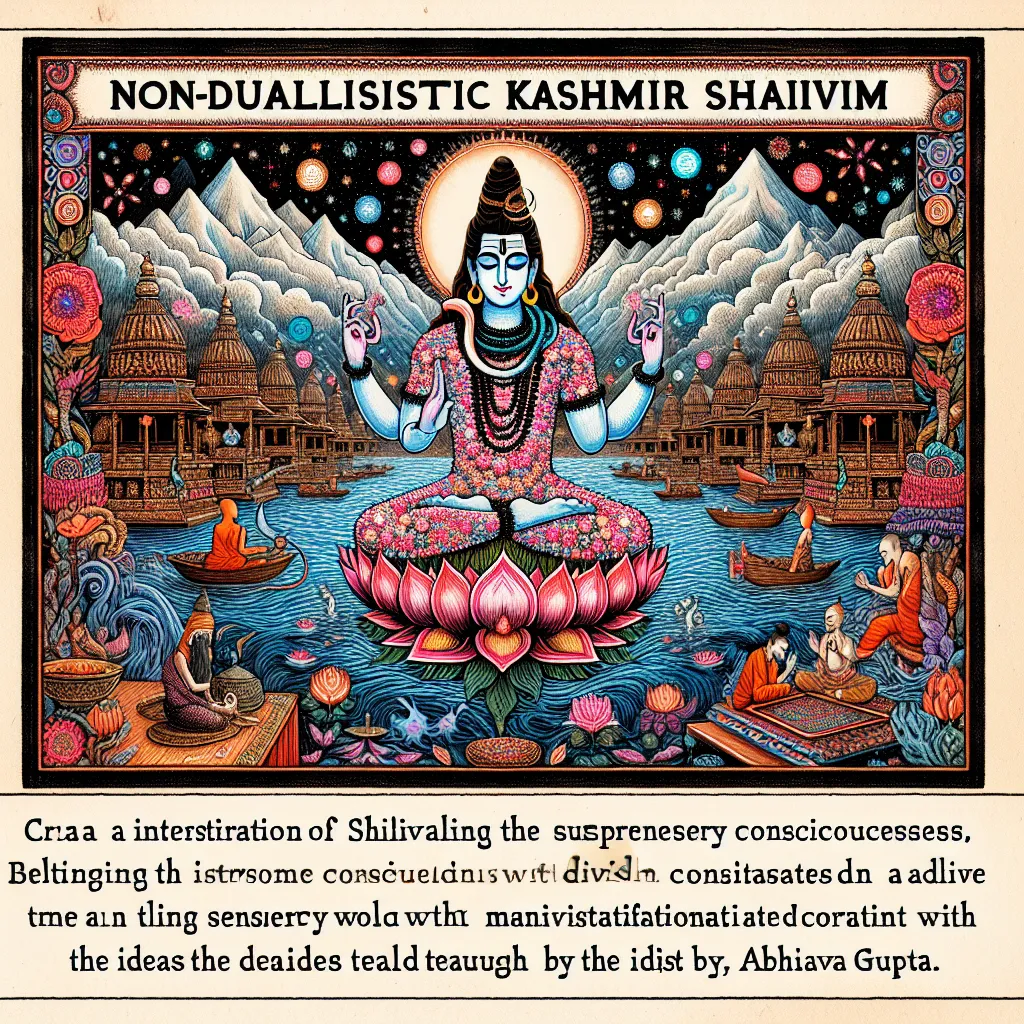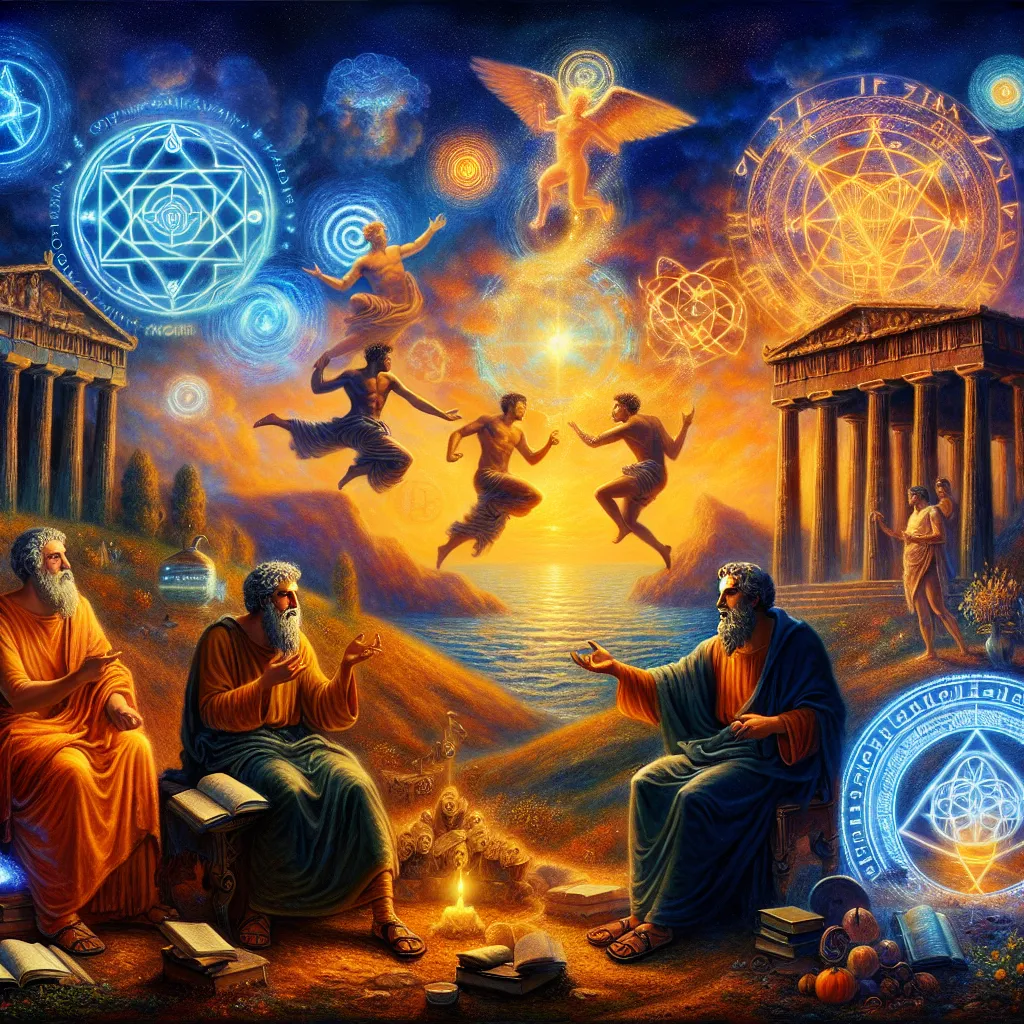As Easter rolls around, people’s thoughts naturally drift toward Jesus and the early history of Christianity. This holiday commemorates Christ’s death and resurrection, but digging into the formation of Christianity reveals a rich tapestry of diverse beliefs and lost texts. One of the most intriguing of these non-canonical scriptures is the Gospel of Mary. This Gnostic Gospel offers a fresh perspective on core Christian teachings, raising fascinating questions about gender roles and leadership in the early days of Christianity.
The Gospel of Mary is a relatively brief text, though incomplete, offering unique theological views that contrast sharply with mainstream Christian thought. Notably, it elevates Mary, presumably Mary Magdalene, as a central disciple and potential heir to Jesus, challenging traditional gender norms. This gospel was first discovered in the 19th century, significantly earlier than other famous texts like those found in the Nag Hammadi Library in 1945.
The text hints at its popularity in early Christian communities before it vanished with the rise of Orthodox Christianity. Rediscovered in Egypt in 1896, the Coptic version we have is still incomplete, missing critical sections. Yet, additional fragments found in the early 20th century, though incomplete, date back to the 3rd century, confirming the text’s early origins.
Scholars debate the exact dating of the Gospel of Mary, but the consensus leans toward the early 2nd century. This places the text in a time when Christianity was a mosaic of beliefs and practices. Contrary to what some might think, there wasn’t a single orthodox church in the beginning. Various Christian “churches” with differing doctrines coexisted, each claiming to represent Jesus’ true teachings.
The Gospel of Mary, often considered a Gnostic text, deserves a closer look. Unlike other Gnostic texts, it doesn’t feature an ignorant demiurge or mention the Barbelo, key figures in Gnostic myths. Instead, it offers a dualistic view more aligned with Greek philosophy, including Platonism and Stoicism, rather than Judaism.
The text picks up mid-narrative, with Jesus, referred to as the Savior, discussing the fate of matter, teaching that the material world is temporary while the soul endures. Notably, Jesus dismisses the concept of sin, suggesting that sin is a product of acting according to the nature of adultery—a focus on the material rather than the spiritual.
After Jesus departs, the disciples are devastated, fearing for their lives if they preach his message. Mary steps up as their teacher, relaying her vision and describing the soul’s ascent past seven powers—personifications of negative forces like Darkness, Desire, and Ignorance—toward divine peace. However, she faces skepticism and hostility, particularly from Peter, reflecting ongoing debates about gender roles in early Christian communities.
This gospel notably challenges later Christian attitudes towards female leadership, portraying Mary as highly favored by Jesus, echoing sentiments from the Gospel of Philip. She is seen as a teacher and comforter to the other disciples, a stark contrast to later prohibitions against women teaching men, such as those found in the letters of Paul.
Ultimately, the Gospel of Mary offers a rich theological and philosophical tapestry, revealing early Christian diversity and debates. Its teachings challenge the material focus and point followers toward an understanding of the soul’s true nature. Although not included in the canonical Bible, it provides profound insights into the early Christian world and the complex process through which Christianity evolved.
This ancient text didn’t just fade into obscurity; it was actively sidelined as Orthodoxy solidified. Yet, even in its incomplete form, it continues to enlighten and provoke thought, shedding light on the formative years of what would become the world’s largest religion.
